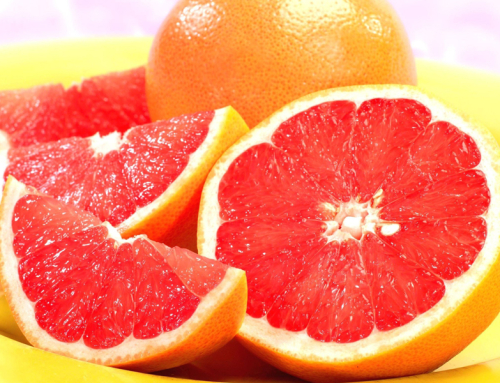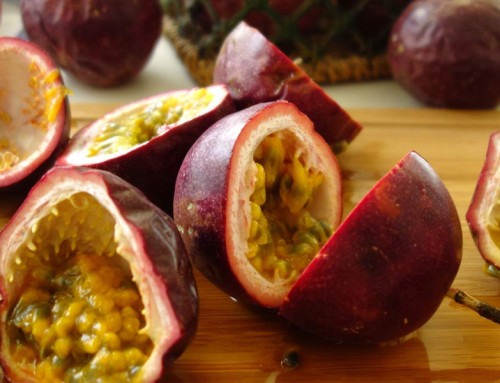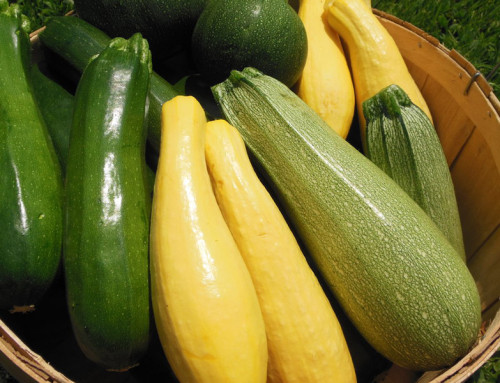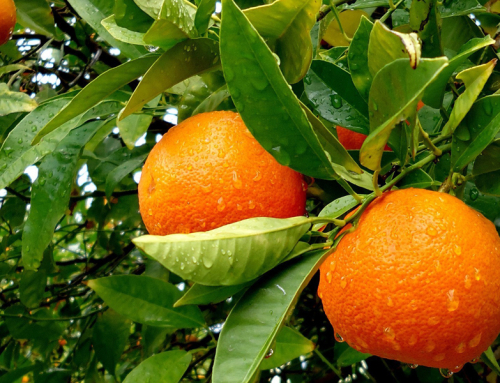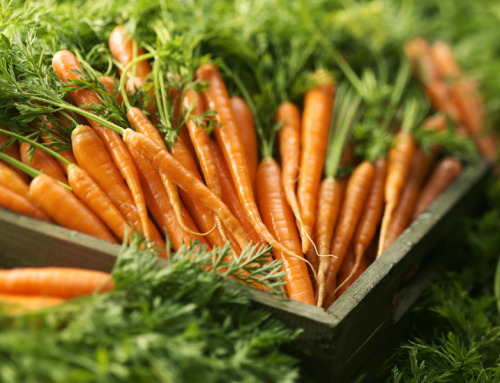- 1 piece, raw, about 2″ x 2″ x ¹⁄₂” (approx. 45 g) – 159 calories
- Whole, medium (approx. 400 g) – 1410 calories
- 1 cup, raw, shredded, not packed (approx. 80 g) – 283 calories
- 1 cup, dried, sweetened, shredded (approx. 93 g) – 466 calories
Coconuts are a fruit that come from one of the varieties of palm tree. These fruits are very versatile, and many parts of the coconut itself are used throughout the world. The meat is used for food, the sweet water inside is used as a beverage, and oil can also be derived from the coconut. All of these products have benefits to health. The scientific name for coconut is Cocos nucifera, and these fruits come from the family of palm trees known as Arecaceae, formerly known as Palmaceae. There is great debate over the origination of this palm tree, with some believing coconuts originated in the Americas, while others believe it was in the Indo-Pacific region.
Basic Information
Today, coconuts are grown commercially in many tropical countries all over the world, with more than 60 million tons being harvested for use. Trees may produce around 100 coconuts each, but with poor cultivation each tree will typically produce less than 30 of these fruits. There is a fibrous outer husk, called the exocarp, that can be up to two inches thick and turns gray during the maturing of the fruit. This outer husk is typically removed prior to distribution to retailers. The white meat of the coconut is often referred to as the kernel.
Coconut’s Nutritional Components
These nutty fruits have 354 calories per 100 grams, with a very high fat content of more than 33 grams. However, this fat is often drawn off of the fruit and made into coconut oil, which has healthy fats that are good for the body. Coconuts also have significant amounts of fiber. While there are many vitamins in these fruits in small amounts, there are higher levels of many minerals, including copper, iron, manganese, phosphorus, zinc, and selenium. Coconut also contains fatty acids, most notably lauric acid.
Benefits for Health
- Overall Health and Wellness
With all of the nutrients in coconut, the body gets a wide range of vitamins and minerals to promote wellness and enhance functioning of all of the body’s systems. - Cardiovascular Health
Lauric acid has been shown to increase levels of HDL, or good, cholesterol, which can have a protective benefit against atherosclerosis and heart disease. The high levels of minerals may help to relax blood vessels to increase blood flow and circulation while helping blood pressure and may also help to regulate heart rhythm. - Digestive System
The fiber in this nutty fruit can help with digestion and may help to prevent constipation. This also help to increase the body’s absorption of nutrients. - Electrolyte Balance
Coconut water has the right proportion of minerals to keep the body properly hydrated. This not only helps the cardiovascular system, but may help to reduce the risk of dehydration during warmer weather or while exercising or playing sports. - Other Benefits
Coconuts may also have anti-cancerous and antimicrobial benefits. Additionally, coconut shows promises for healthy neurological support.
How to Eat Coconuts
Coconut can be eaten raw or cooked. The meat can be shredded or chopped, or broken off and eaten as is. The water can be consumed as it is, or it can be blended with a bit of the meat to make coconut milk. Coconut oil used in cooking provides a healthy source of fat to the diet. It can be difficult to get into a coconut at home and be able to save the water inside. The coconut can be smacked against a hard surface until it cracks opened or dropped onto a hard surface. Some people use a chisel of screw driver and place it against the coconut then hit the other end hard with a hammer. The meat will then need to be pried from the shell. This can be done with a nut pick, a dull knife, or even a pair of pliers.
- Toppings: You can shred the coconut meat and then lightly toast it to use as toppings for salads, yogurts, and other dishes.
- As a side dish: Fresh shredded coconut is often combined with other ingredients to make chutney.
- As a beverage: In addition to being able to drink the water and the milk derived from this fruit, you can put shredded fresh coconut into smoothies along with other fruits for a tropical taste and nutritional boost.
- Baking: Shredded coconut is commonly added to cakes and muffins. Shredded and toasted coconut is often added to frosting or sprinkled on top of the finished dish as a tasty and decorative garnish.
How to Choose and Store Coconuts
You can find coconut all year long in many stores, either fresh or processed. Coconut can be dried in pieces or shredded and dried or found in cans. You can find coconut water, milk, cream, or oil. When choosing a fresh fruit, select those that feel heavy for their size. When choosing processed varieties, aim for those without added sugars or other ingredients where possible.
Fresh, whole coconut can be stored in a cool, dark place and will keep well for many months. However, once open, the meat should be stored in the refrigerator where it remain good for a few days.
Safety Concerns
While rare, there is a possibility of an allergic reaction to coconut.


